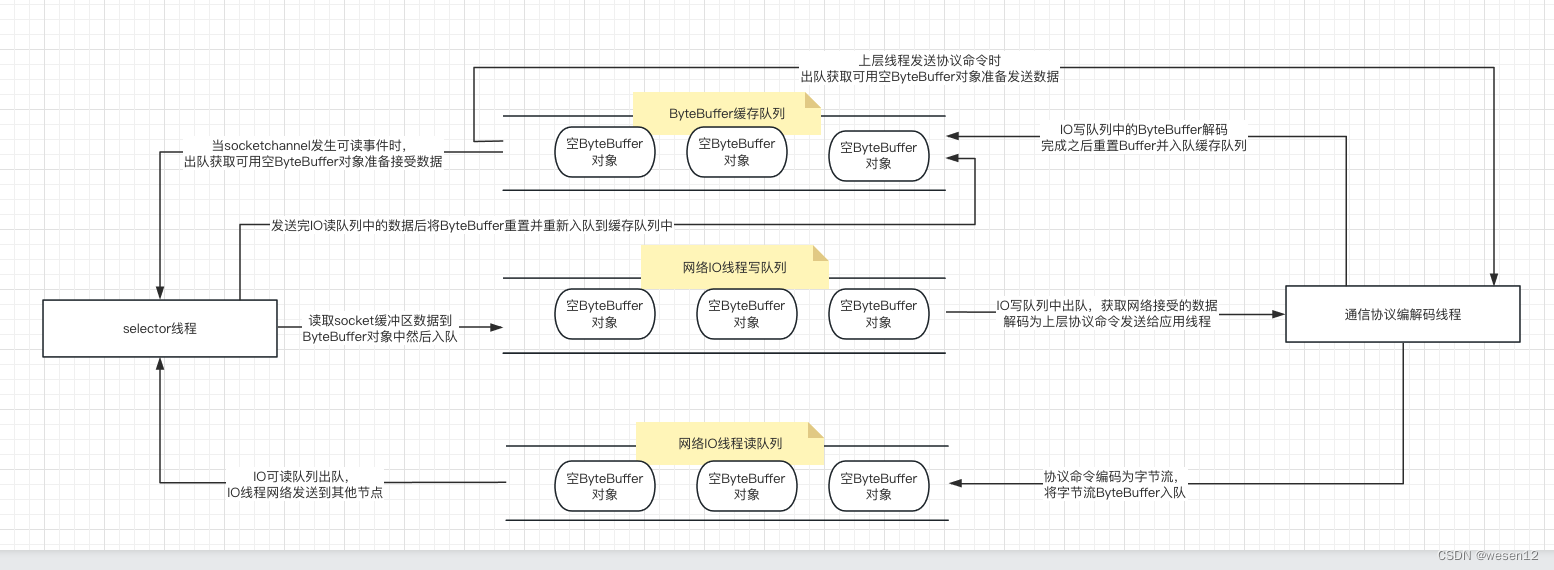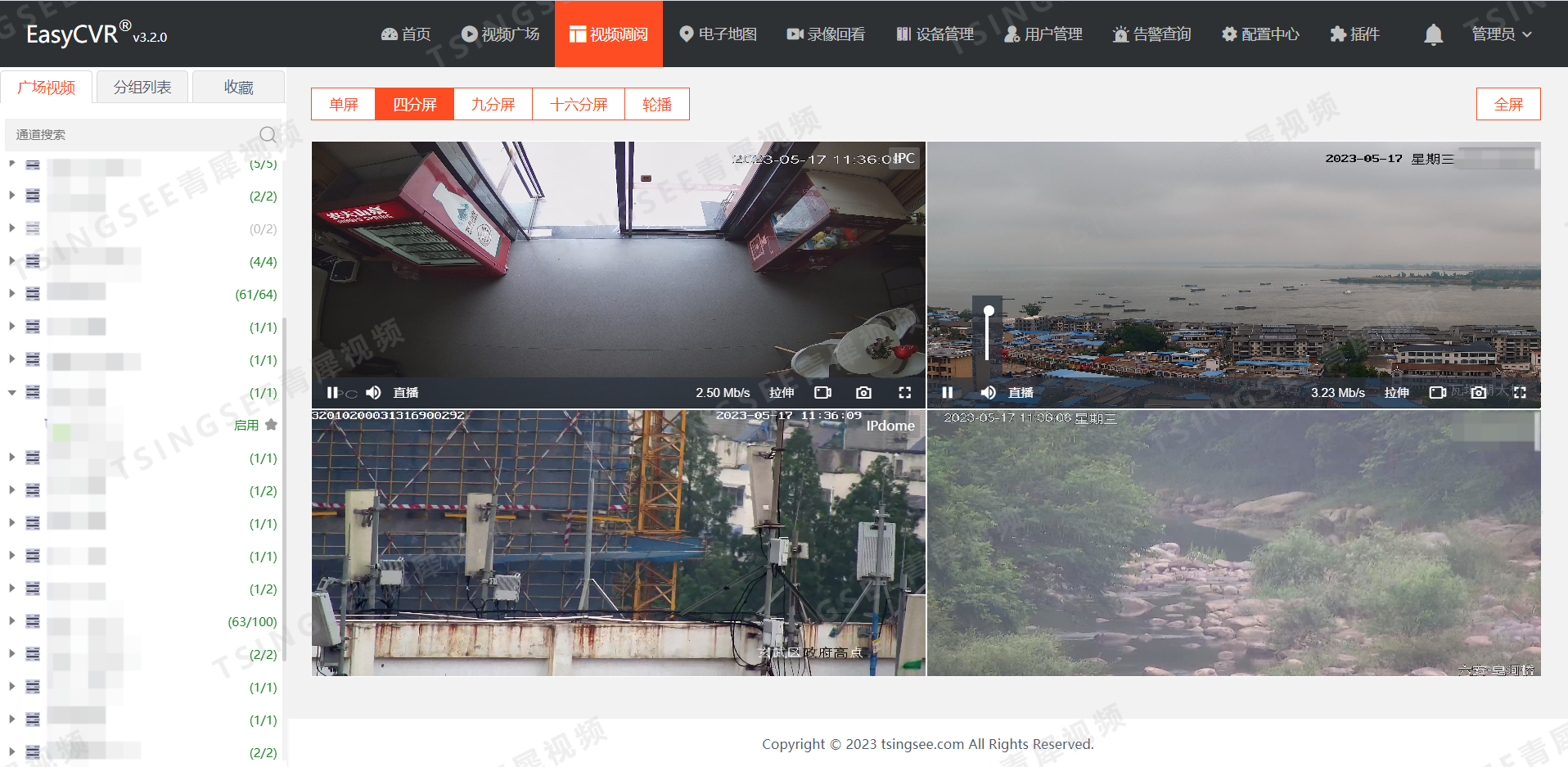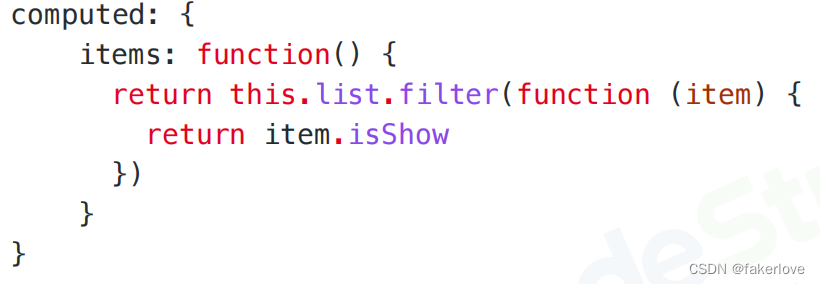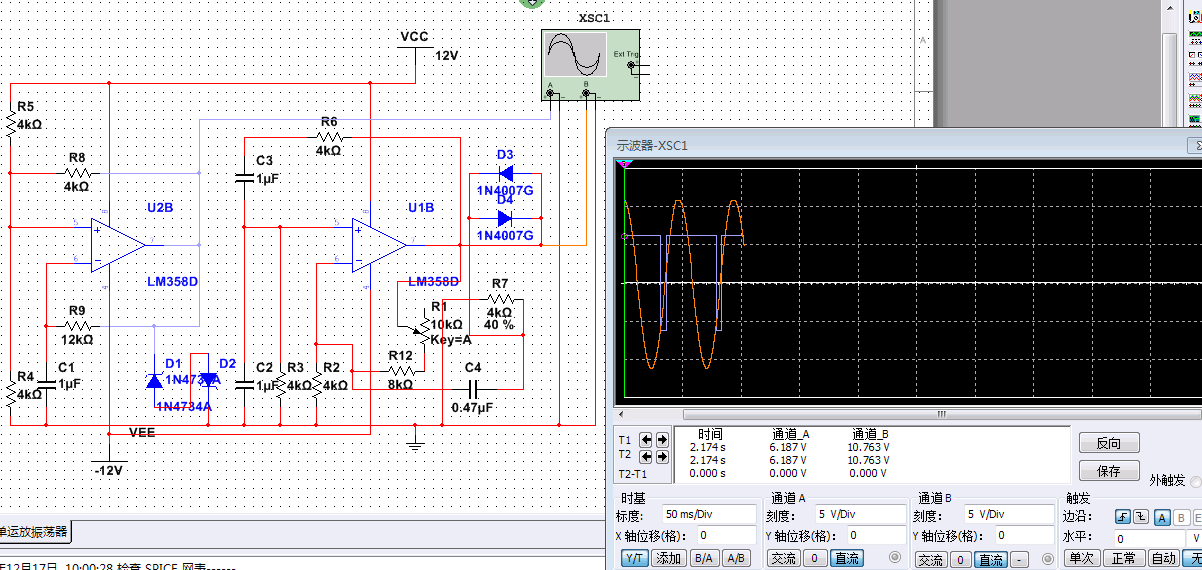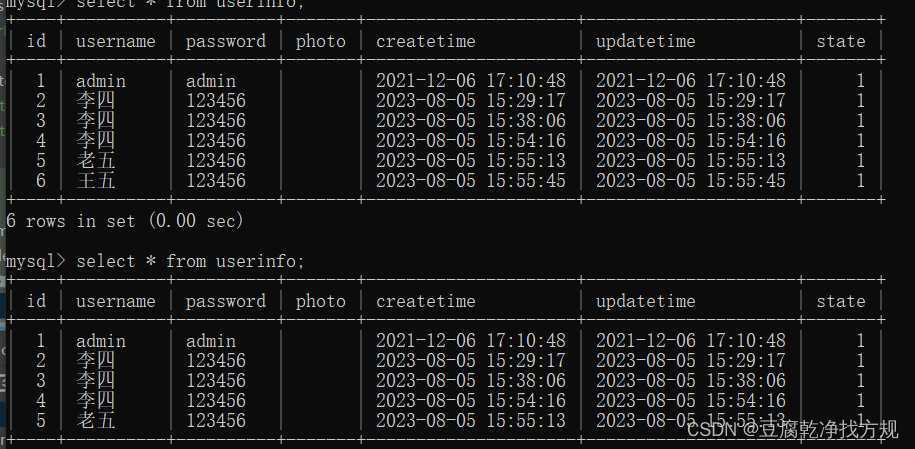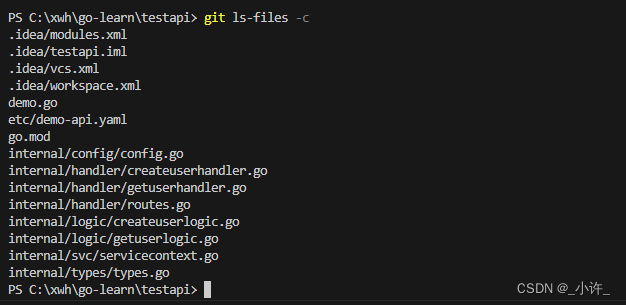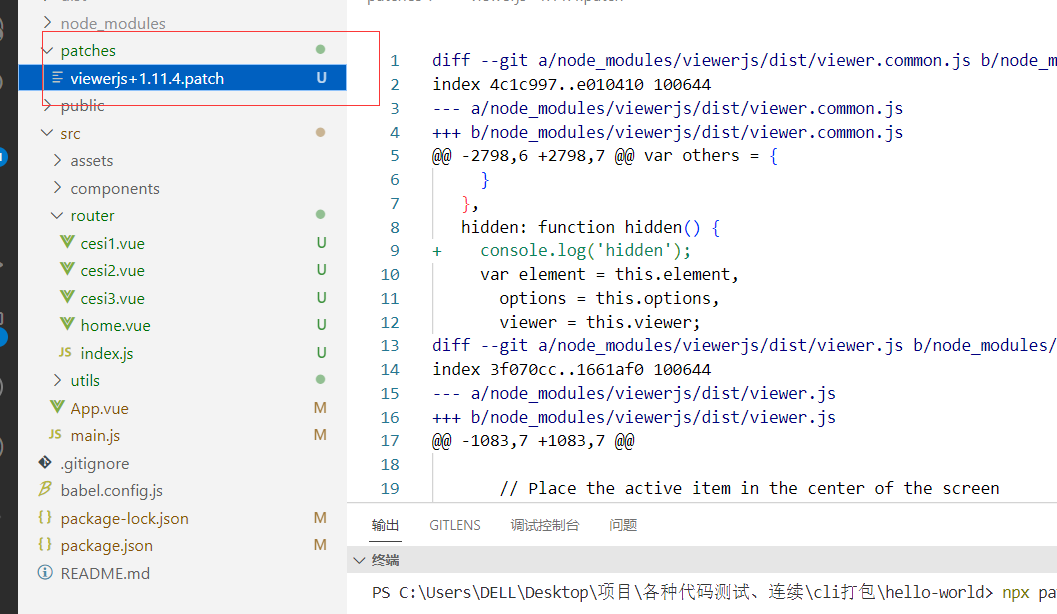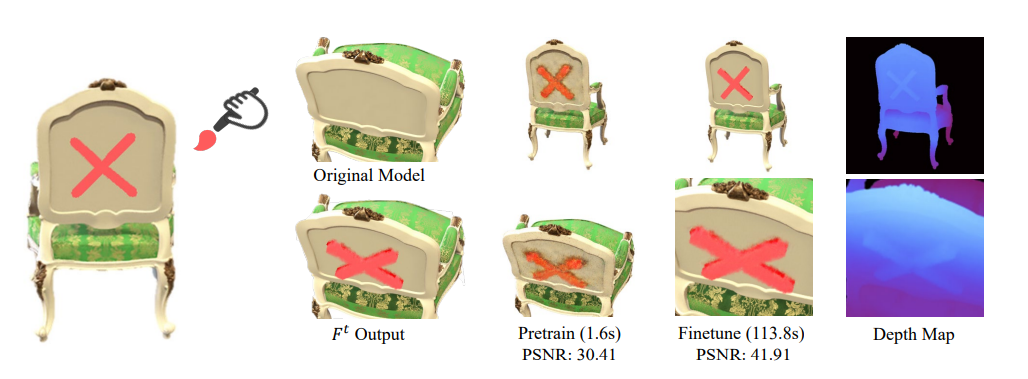linux内核中存在一个信号SIGIO,这个信号就是用于实现信号驱动IO的。当应用程序中想要以信号驱动IO的模型读写硬件数据时,首先注册一个SIGIO信号的信号处理函数,当硬件数据就绪,硬件会发起一个中断,在硬件的中断处理函数中向当前进程发送SIGIO信号,此时进程捕获到SIGIO信号,执行信号处理函数,在信号处理函数中将准备好的硬件数据读走.
对于应用程序主程序的执行和SIGIO信号的发送的过程是一个异步的过程,信号驱动IO是唯一一种异步IO。
(异步操作是指在执行操作期间不会阻塞进程或线程的操作。在驱动开发中,异步操作通常是通过使用工作队列、定时器、中断处理程序等机制来实现的。)
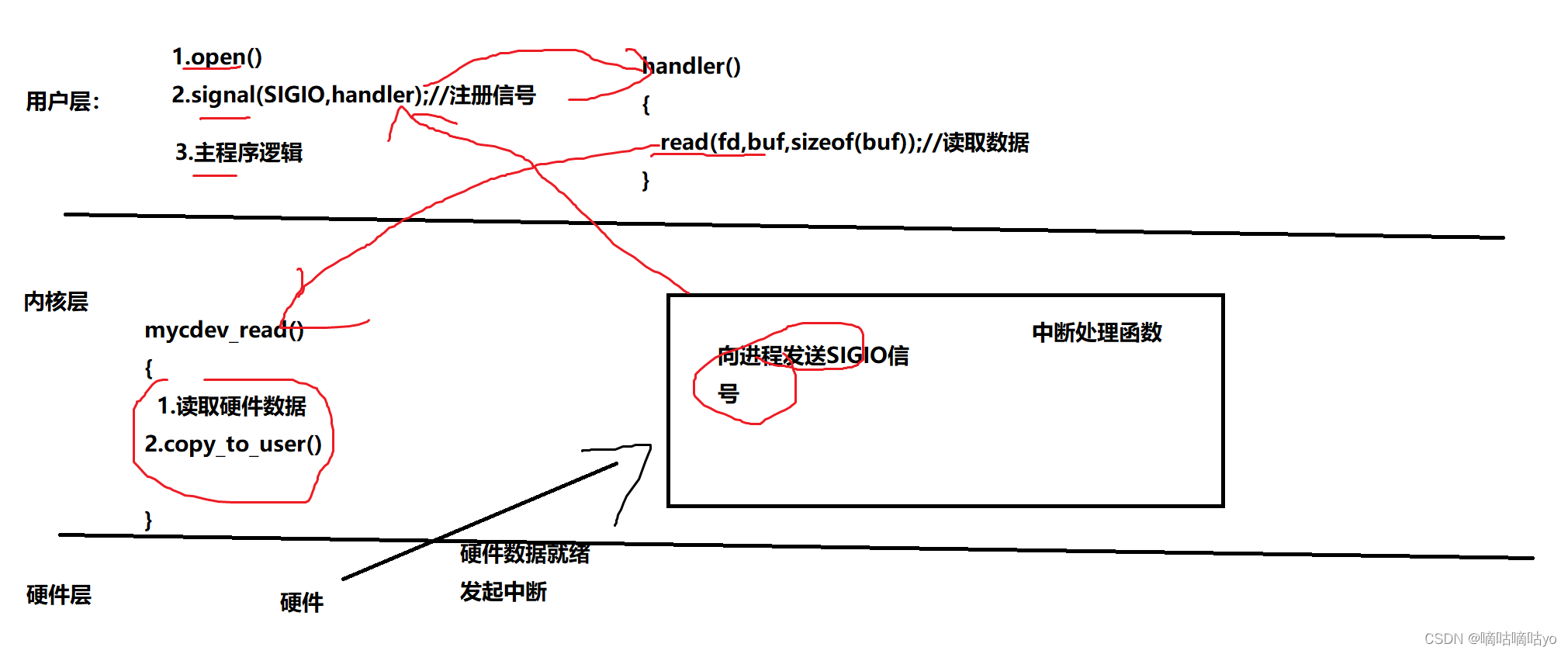
驱动代码
#include <linux/init.h>
#include <linux/module.h>
#include<linux/fs.h>
#include<linux/io.h>
#include<linux/device.h>
#include<linux/uaccess.h>
#include<linux/poll.h>
struct class *cls;
struct device *dev;
unsigned int major;//定义一个变量保存主设备号
char kbuf[128]={0};
struct fasync_struct *fapp;//定义一个异步对象指针
//封装操作方法
int mycdev_open(struct inode *inode, struct file *file)
{
printk("%s:%s:%d\n",__FILE__,__func__,__LINE__);
return 0;
}
ssize_t mycdev_read(struct file *file, char *ubuf, size_t size, loff_t *lof)
{
printk("%s:%s:%d\n",__FILE__,__func__,__LINE__);
if(size>sizeof(kbuf))//用户的需求内核满足不了
{
size=sizeof(kbuf);
}
long ret;
ret=copy_to_user(ubuf,kbuf,size);
if(ret)
{
printk("copy_to_user filed\n");
return -EIO;
}
return 0;
}
ssize_t mycdev_write(struct file *file, const char *ubuf, size_t size, loff_t *lof)
{
printk("%s:%s:%d\n",__FILE__,__func__,__LINE__);
if(size>sizeof(kbuf))//用户的需求内核满足不了
{
size=sizeof(kbuf);
}
long ret;
ret=copy_from_user(kbuf,ubuf,size);//表示模拟硬件数据就绪
if(ret)
{
printk("copy_from_user filed\n");
return -EIO;
}
//发送信号
kill_fasync(&fapp,SIGIO,POLL_IN);
return 0;
}
//封装fasync操作方法
int mycdev_fasync(int fd, struct file * file, int on)
{
//完成发生信号之前的准备工作
fasync_helper(fd,file,on,&fapp);
return 0;
}
int mycdev_close(struct inode *inode, struct file *file)
{
printk("%s:%s:%d\n",__FILE__,__func__,__LINE__);
return 0;
}
//定义一个操作方法结构体变量并且初始化
struct file_operations fops={
.open=mycdev_open,
.release=mycdev_close,
.read=mycdev_read,
.fasync=mycdev_fasync,
.write=mycdev_write,
};
static int __init mycdev_init(void)
{
//注册字符设备驱动
major=register_chrdev(0,"mychrdev",&fops);
if(major<0)
{
printk("注册字符设备驱动失败\n");
return major;
}
printk("注册字符设备驱动成功major=%d\n",major);
// 向上提交目录
cls = class_create(THIS_MODULE, "myled");
if (IS_ERR(cls))
{
printk("向上提交目录失败\n");
return -PTR_ERR(cls);
}
printk("向上提交目录信息成功\n");
// 向上提交设备节点信息
dev = device_create(cls, NULL, MKDEV(major, 0), NULL, "mycdev");
if (IS_ERR(dev))
{
printk("向上提交设备节点信息失败\n");
return -PTR_ERR(dev);
}
printk("向上提交设备节点成功\n");
return 0;
}
static void __exit mycdev_exit(void)
{
// 销毁节点信息
device_destroy(cls, MKDEV(major, 0));
// 销毁目录信息
class_destroy(cls);
//注销字符设备驱动
unregister_chrdev(major,"mychrdev");
}
module_init(mycdev_init);
module_exit(mycdev_exit);
MODULE_LICENSE("GPL");
应用程序-读数据
#include <stdio.h>
#include <sys/types.h>
#include <sys/stat.h>
#include <fcntl.h>
#include <unistd.h>
#include <stdlib.h>
#include <string.h>
#include <sys/wait.h>
#include <sys/ioctl.h>
#include <sys/select.h>
#include <sys/epoll.h>
#include <signal.h>
/* According to earlier standards */
#include <sys/time.h>
char buf[128] = {0};
int fd;
// 定义信号处理函数
void sigio_handler(int sig)
{
// 读取硬件数据
read(fd, buf, sizeof(buf));
printf("buf:%s\n", buf);
}
int main(int argc, char const *argv[])
{
// 打开文件
fd = open("/dev/mycdev", O_RDWR);
if (fd < 0)
{
printf("打开设备文件失败\n");
exit(-1);
}
// 注册SIGIO的信号处理函数
signal(SIGIO, sigio_handler);
// 回调驱动中的fasync方法,完成驱动中发生信号之前的准备工作
int flags = fcntl(fd, F_GETFL); // 获取文件描述符的相关属性
fcntl(fd, F_SETFL, flags | FASYNC); // 当文件描述符中有FASYNC这个标志时,驱动中fasync方法就会被调用
// 设置文件描述符fd对应的驱动发生SIGIO信号只发送给当前进程
fcntl(fd, F_SETOWN, getpid());
while (1)
{
printf("aaaaa\n");
sleep(1);
}
return 0;
}
应用程序-模拟中断
#include<stdlib.h>
#include<stdio.h>
#include <sys/types.h>
#include <sys/stat.h>
#include <fcntl.h>
#include<unistd.h>
#include<string.h>
int main(int argc, char const *argv[])
{
int a,b;
char buf[128]="hello world";
int fd=open("/dev/mycdev",O_RDWR);
if(fd<0)
{
printf("打开设备文件失败\n");
exit(-1);
}
write(fd,buf,sizeof(buf));
close(fd);
return 0;
}



